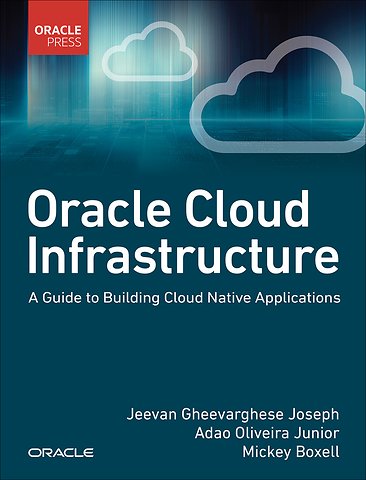Oracle Cloud Infrastructure - A Guide to Building Cloud Native Applications
Paperback Engels 2023 9780137902538Samenvatting
Oracle Cloud Infrastructure: A Guide to Building Cloud Native Applications
Cloud native development is a modern approach to designing, building, deploying, and managing applications. This approach takes advantage of the benefits of utility computing from providers, such as Oracle Cloud Infrastructure (OCI), and emphasizes automation, elasticity, and resilience.
OCI is a next-generation cloud designed to run any application faster and more securely for less. It includes the tools used to build new cloud native applications and to run existing enterprise applications without rearchitecting them.
Whether you are new to the cloud or just new to OCI, this book provides an overview of the OCI services needed to build cloud native applications. You will learn OCI concepts and terminology How to manage Infrastructure as Code using modern tools and platforms OCI’s breadth of cloud native services How to operate the managed Kubernetes service (Container Engine for Kubernetes) at scale How to configure a cluster for advanced use cases, and use specialized hardware capabilities How to use cloud native application deployment platforms and observability tools How to secure applications, data, and the underlying infrastructure using open-source and OCI native security tools and processes
The culmination of the book is an open-source sample application composed of microservices that incorporates the tools and concepts shared throughout the book and is available on GitHub.
Specificaties
Lezersrecensies
Inhoudsopgave
Rubrieken
- advisering
- algemeen management
- coaching en trainen
- communicatie en media
- economie
- financieel management
- inkoop en logistiek
- internet en social media
- it-management / ict
- juridisch
- leiderschap
- marketing
- mens en maatschappij
- non-profit
- ondernemen
- organisatiekunde
- personal finance
- personeelsmanagement
- persoonlijke effectiviteit
- projectmanagement
- psychologie
- reclame en verkoop
- strategisch management
- verandermanagement
- werk en loopbaan
